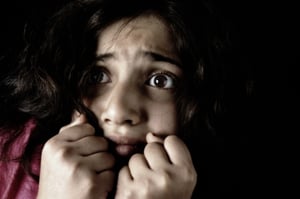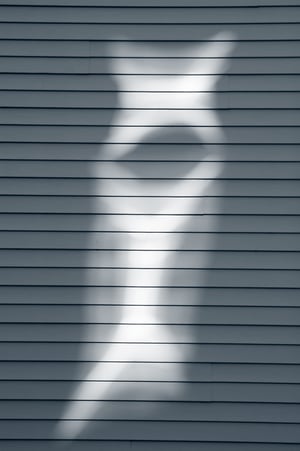Time to Read: 7 minutes
Moviegoers are familiar with the audio cues in film, the swell of violin strings to indicate a heart-felt or romantic moment.
What about the voice of a choir indicating drama of an epic scope? Or the low sustained note that suggests danger. Then there is the unsettling silence where you are walking in the footsteps of the hero or heroine.
The music and soundtrack is designed to help enhance the action on screen, to heighten audience anticipation and perhaps cause a little misdirection. If fact, it can be argued that sound is the most important component immersing ourselves into film. Even in the days before the talkies, live musical accompaniments would be played along with the film.
 In 1939, Bette Davis starred in Dark Victory - the tragic story of a wealthy party girl dying of a brain tumour.
In 1939, Bette Davis starred in Dark Victory - the tragic story of a wealthy party girl dying of a brain tumour.
The audience knows that death will follow quickly after blindness. In the finale, her character's vision begins to falter and she moves slowly up a grand staircase.
Davis knew this moment would secure her chance of a third Academy Award.
She asked the director, "Who's scoring this film?" and was told it was the supremely talented Max Steiner.
Steiner had composed the revolutionary score to King Kong in 1933. It was the first full Hollywood soundtrack, and one that allowed its fans to empathise with the fate of a plasticine gorilla.
Davis understood the value of a soaring musical score, but feared its ability to outshine a performance.
"Well," she declared, "either I am going up those stairs or Max Steiner is going up those stairs, but not the two of us together."
Horror Movie Right There On My TV
 Horror films have higher than expected number of abrupt shifts up and down in pitch, reported the Royal Society journal Biology Letters.
Horror films have higher than expected number of abrupt shifts up and down in pitch, reported the Royal Society journal Biology Letters.
Non-linearities are commonly produced when animals are under duress, such as the fear screams produced when animals are attacked by predators.
In mammals, and possibly also in birds, when you push too much air through your larynx you produce these non-linear sounds and its a pretty unbluffable signal of fear.
Sound can trick the brain into thinking there is someone watching you.
The Unseen Character is a useful trick in cinema that add to the tension - the only thing you know about the lurking character (or creature) is what you can hear - the rustling bushes, the unearthly cry, the uneven footsteps...
it’s not just found on celluloid, such sounds are also found in nature - particularly among birds and mammals which make particular calls to indicate fear or danger. The truth of the matter is that our eyesight doesn’t work well in the gloom, so we rely on our hearing to alert us to danger.
And because we are familiar with these sounds in nature, they become part of our real life soundtrack.
Still not convinced? Check out these famous movie scenes with the soundtrack replaced by Yakety Sax popularised by The Benny Hill Show. It’s not frightening, it’s hilarious.
What about ‘real’ ghosts?
 They might be explained by the 18.98 Hertz frequency.
They might be explained by the 18.98 Hertz frequency.
Psychologist Richard Wiseman of the University of Hertfordshire suggests that the odd sensations that people attribute to ghosts may be caused by infrasonic vibrations.
Vic Tandy, experimental officer and part-time lecturer in the school of international studies and law at Coventry University, along with Dr. Tony Lawrence of the University's psychology department, wrote in 1998 a paper called "Ghosts in the Machine" for the Journal of the Society for Psychical Research. Their research suggested that an infrasonic signal of 19 Hz might be responsible for some ghost sightings.
Tandy was working late one night alone in a supposedly haunted laboratory at Warwick, when he felt very anxious and could detect a grey blob out of the corner of his eye. When Tandy turned to face the grey blob, there was nothing.
The following day, Tandy was servicing on his fencing foil, with the handle held in a vice.
Although there was nothing touching it, the blade started to vibrate wildly. Further investigation led Tandy to discover that the extractor fan in the lab was emitting a frequency of 18.98 Hz, very close to the resonant frequency of the eye given as 18 Hz by NASA.
This, Tandy conjectured, was why he had seen a ghostly figure—it was, he believed, an optical illusion caused by his eyeballs resonating. The room was exactly half a wavelength in length, and the desk was in the centre, thus causing a standing wave which caused the vibration of the foil.
Tandy investigated this phenomenon further and wrote a paper entitled The Ghost in the Machine.
The scariest horror movie soundtracks
- Halloween
- The Return Of The Living Dead
- Trick Or Treat
- The Wicker Man
- Dawn Of The Dead
- It Follows
- Eraserhead
- Candyman
- Halloween III: Season Of The Witch
- The Lost Boys